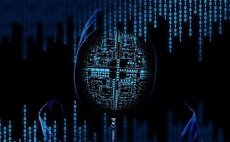Trojan injects fake forms into web pages to persuade infected users to spill credentials and financial information
A new banking Trojan based on the source code from the Zeus malware has been uncovered in the wild. The Trojan, according to security software company Dr Web, who claim to have found it, tries t...
To continue reading this article...
Join Computing
- Unlimited access to real-time news, analysis and opinion from the technology industry
- Receive important and breaking news in our daily newsletter
- Be the first to hear about our events and awards programmes
- Join live member only interviews with IT leaders at the ‘IT Lounge’; your chance to ask your burning tech questions and have them answered
- Access to the Computing Delta hub providing market intelligence and research
- Receive our members-only newsletter with exclusive opinion pieces from senior IT Leaders



















